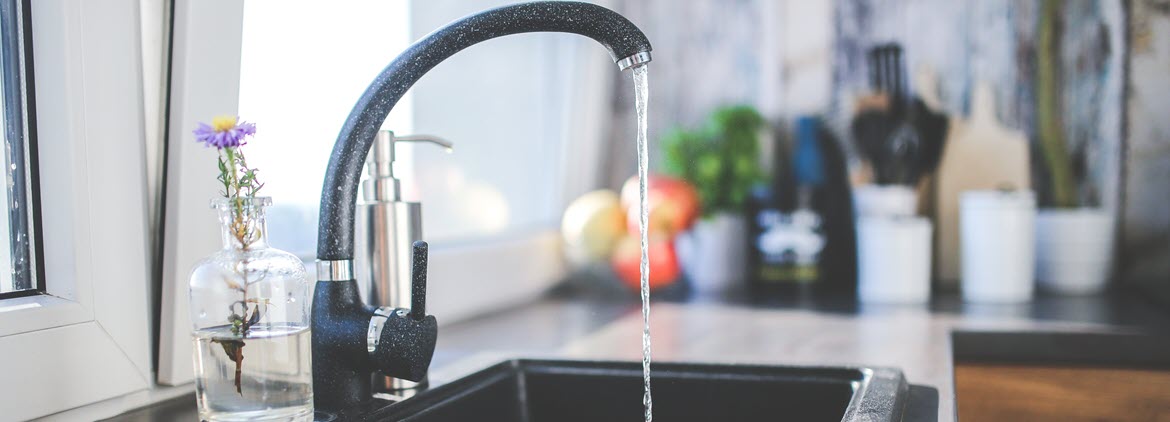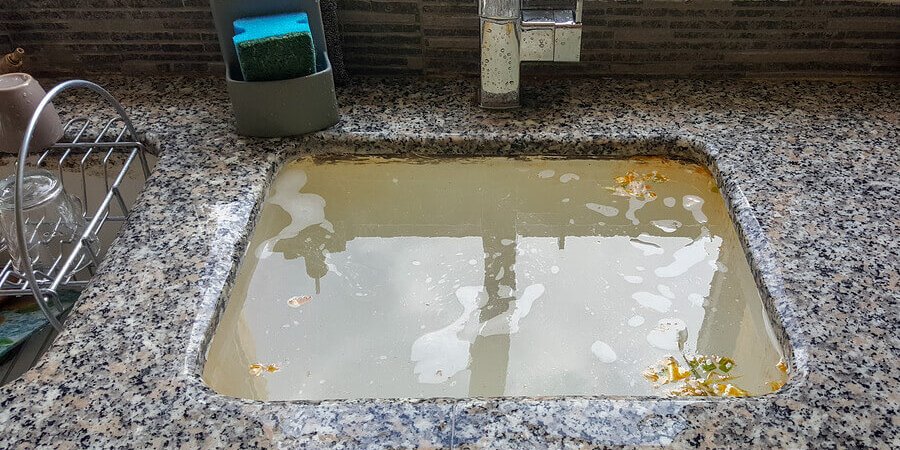They are making several great pointers on 8 Tips For Clearing A Blocked Drain overall in this post on the next paragraphs.

Intro
Managing an obstructed drainpipe can be an aggravating experience, interrupting daily activities and potentially triggering damage to your residential or commercial property. Nonetheless, before reaching out to pipes specialists, there are steps you can take to resolve the issue on your own. In this overview, we'll check out do it yourself solutions and safety nets to tackle an obstructed drainpipe efficiently.
Recognizing the Problem
The first step in addressing an obstructed drainpipe is recognizing the signs. Sluggish water drainage, gurgling audios, foul odors rising from drains, or water support up are common indicators of a blocked drainpipe. Recognizing these indicators early can assist protect against even more issues.
Usual Reasons For Obstructed Drains
Understanding the factors that contribute to drain pipes blockages is essential for reliable resolution. Typical offenders include hair, soap scum, grease, food particles, and foreign items like sanitary items or paper towels. Tree roots attacking below ground pipes can additionally create significant obstructions.
Do it yourself Solutions
For minor blockages, several do it yourself solutions can be efficient. Pouring boiling water down the drainpipe can help dissolve grease and debris. Sodium bicarbonate and vinegar or a combination of salt and baking soda can serve as natural cleaners. Utilizing a plunger or pipes serpent to displace blockages is an additional choice.
Devices and Equipment
Having the right devices available can make DIY drainpipe cleaning much more reliable. A plunger is a flexible device for removing obstructions in sinks, commodes, and showers. A pipes snake or auger can get to much deeper clogs, while drainpipe cleansing chemicals can be used cautiously for persistent blockages.
Preventive Measures
To prevent future obstructions, embracing preventive measures is essential. Set up drainpipe guards or filters to catch hair and debris before they enter the pipelines. Frequently flush drains pipes with warm water to liquify grease accumulation, and stay clear of disposing of grease or strong waste down the drain.
When to Call a Professional
While DIY options can deal with small clogs, specific signs suggest the requirement for professional help. Persistent blockages, foul odors in spite of cleansing efforts, or several drains pipes backing up simultaneously are warnings that necessitate experienced intervention.
Choosing the Right Pipes Solution
When choosing a plumbing service, take into consideration variables such as experience, licensing, and consumer evaluations. Choose a respectable plumber with a record of high quality workmanship and clear prices methods.
Cost Considerations
The price of professional drainpipe cleaning services can differ depending on the severity of the blockage and the plumber's rates. Demand quotes from numerous suppliers and ask about any kind of additional charges to ensure openness and prevent shocks.
Safety Measures
When trying DIY drain cleaning, focus on safety and security. Put on protective gloves and glasses to stay clear of contact with damaging chemicals or germs. Never blend various drainpipe cleansing items, as this can create dangerous fumes.
Case Researches
Real-life examples show the effectiveness of DIY solutions and the importance of timely expert treatment in fixing drain obstructions.
Verdict
By following the pointers described in this overview, you can efficiently deal with blocked drains pipes and prevent future plumbing concerns. Whether selecting do it yourself services or seeking expert support, timely activity is vital to keeping a healthy plumbing system and maintaining the stability of your home.
How to Clear a Clogged Drain Yourself (And When to Call In the Professionals)
What Can Clog a Drain
Dirt Skin flakes Hair Grease Soap scum Food Offset pipes Tree roots Small objects Mineral buildup DIY Tricks to Unclog a Drain
You can fix this! Once you have identified the source of the clog (or have a vague idea), you can try one or a combination of these fixes in order to clear your plumbing.
Wire Hanger or Snake
Untangle and clear out hair from a drainpipe with a homemade snake. Use a straightened-out wire hanger with a 90-degree angle hook to locate the clog and drag out any unwanted material.
Remember not to push the clog further down to where the wire hanger cannot reach! If you need to follow up with a plunger, give it a try. Your efforts might be more successful after it’s been wire-snaked.
If you want to get fancy and don’t have a wire hanger to spare, head to the store and pick up a hand-operated drain snake. You can get one for $10-$30. It may save you the hassle, and provide additional length to reach deep into the clogged pipe.
Plunger
A cup plunger has a suction cup attached to a wooden handle. The rubber creates a seal around the drain, and increases the pressure force of the plunger.
Plunge for 30-second increments to loosen the clog. This may need to be repeated over the course of 15-20 minutes. Once plunged, run the water to flush the remaining material out of the drain.
Remember– never use a plunger if you have used a chemical drain cleaner. These chemicals can splash up from the force of the plunger and cause serious injury or burns.
Boiling Water
Hot water can sometimes break up materials into a flushable amount. Dirt, grease, and soap buildup requires heat in order to unstick from surfaces.
Take your kitchen kettle and heat your water to a boil. Once it reaches a rolling boil, pour it directly down the drain into the blockage. Carefully follow with plunging, if necessary.
Don’t worry if this takes more than one try! It can often take multiple kettles and repeated plunging in order to clear a particularly stubborn clog.
Chemical Drain Cleaner
As a last resort, pick up a bottle of chemical drain cleaner. Drain-cleaning chemicals are potent, and not very good for the environment.
You may need to wear protective eyewear in gloves before handling your bottle of chemical drain cleaner. Follow the instructions printed on the bottle, and flush with water as soon as the instructions allow. Do not follow with plunging.
Baking Soda and Vinegar
As a safer alternative to chemical drain cleaner, baking soda and vinegar can create a chemical reaction that clears tough clogs.
Combine one cup of cleaning vinegar with one cup of boiling water, and set aside. Once you have done this, pour half a cup of baking soda down the drain. Give the baking thirty seconds to settle and cover a large portion of the problem drain.
Following the baking soda, pour down your vinegar and hot water solution. Once the vinegar and baking soda combine, the mixture will bubble and fix. Let this reaction fizzle in the drain for about an hour.
After an hour, follow with a kettle’s worth of hot water. The heat and liquid should flush out any remaining material.
When to Call a Plumber
If your DIY attempts haven’t cleared your clog drain, it’s time to call in a professional. It’s not worth losing access to your kitchen sink or high-traffic bathroom. A clog in a vital area can keep you from the things you’d rather be doing, and derail your routine.
Anytime a clog is causing water to spread is a time to call in a plumbing service. What starts out as a little bit of water can quickly grow into serious, expensive water damage.
Additionally, a serious clog can result in burst pipes or serious leaks. Make sure you know when to take it seriously!
https://myguysnow.com/how-to-clear-a-clogged-drain-yourself-and-when-to-call-in-the-professionals/

We were shown that article about What I learned from trying to deal with a clogged drain through a good friend on our other web blog. So long as you appreciated our blog post if you please remember to share it. I recognize the value of your readership.
Explore